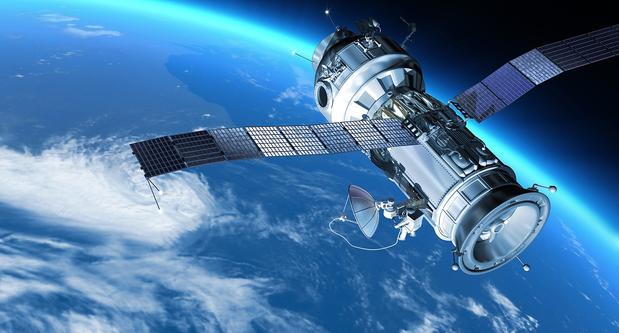SpaceX has begun offering Starlink satellite broadband internet service in parts of the northern United States and Canada.
SpaceX's main goal with Starlink is to connect rural areas globally, focusing on communities where the traditional Internet is unreliable or unavailable. satellites it intends to deploy).
At the end of October, SpaceX sent emails to potential Starlink customers who are interested in beta testing of the Starlink network. According to the email, the public beta test is called the Starlink program "Better Than Nothing Beta".
The email details what beta users can expect from being part of the program to test the service - "As you can see from the title, we're trying to lower your initial expectations," SpaceX wrote.
The first test results
People who signed up for the Starlink beta test shared their experience with the network over the past month.
Most are impressed by the high-speed internet provided by Starlink satellites.

Customers receive a $ 499 Starlink kit to receive internet services from operational satellites in space.
SpaceX engineers recently shared that the network has no data limitations. The Starlink set includes an antenna terminal that the company calls "Dishy McFlatface" and a futuristic-looking Wi-Fi router device.
SpaceX founder Elon Musk previously stated that the Starlink network will be very easy to install at home, simply by "connecting and directing it to the sky."
Those who tested Starlink Beta shared videos with their Starlink Kit via YouTube, demonstrating how easy it is to install the service at home without a professional technician, unlike traditional internet providers.
A Starlink Beta tester, Jason Todd Roberts, shared on YouTube that he lives in a remote area of North America and has no other internet options than an "expensive" company called HughesNet.
Roberts unwrapped the Starlink Kit, and the first thing he noticed was that it included an installation manual printed on a giant piece of paper, with simple diagram drawings showing how to install the Starlink vessel and the Wi-Fi device.
Roberts said he was very surprised to see that the Starlink set had easy layout instructions and no other elaborate guide. He notices that the diagram has a download symbol and a phone drawing indicating that the Starlink application has been downloaded through iTunes to complete the setup.
Another Starlink Beta tester, called "Alshafi" via YouTube, lives in the northern United States.
In the 10-minute video, Alshafi is impressed with how the Starlink antenna works. Alshafi tested the speed of the network and noticed that it improved after 24 hours.
It experienced a low latency of less than 20 milliseconds and a download rate of over 150 megabits per second.
A Starlink Beta tester, Brett Batie, from Northern Idaho, provided a more detailed video of the Starlink kit and service installation.
He shared a 20-minute YouTube video featuring a Starlink box kit, internet speed test, and a complete rooftop installation. Batie says the only service available in the remote area where he lives is Verizon, which offers "very limited" internet.
In the video, he also shares how Dishy McFlatface uses her engines to find an optimal view of the sky and performed a speed test right in the box.
